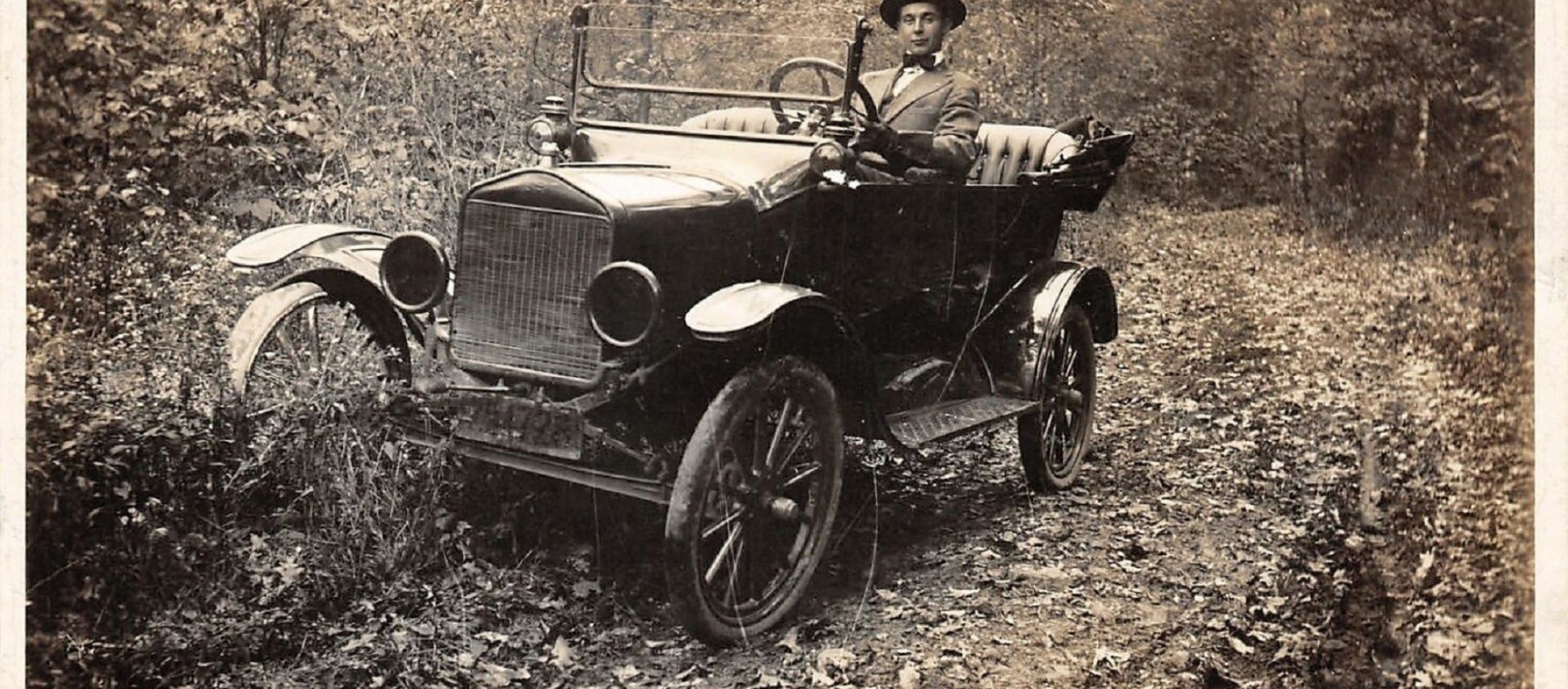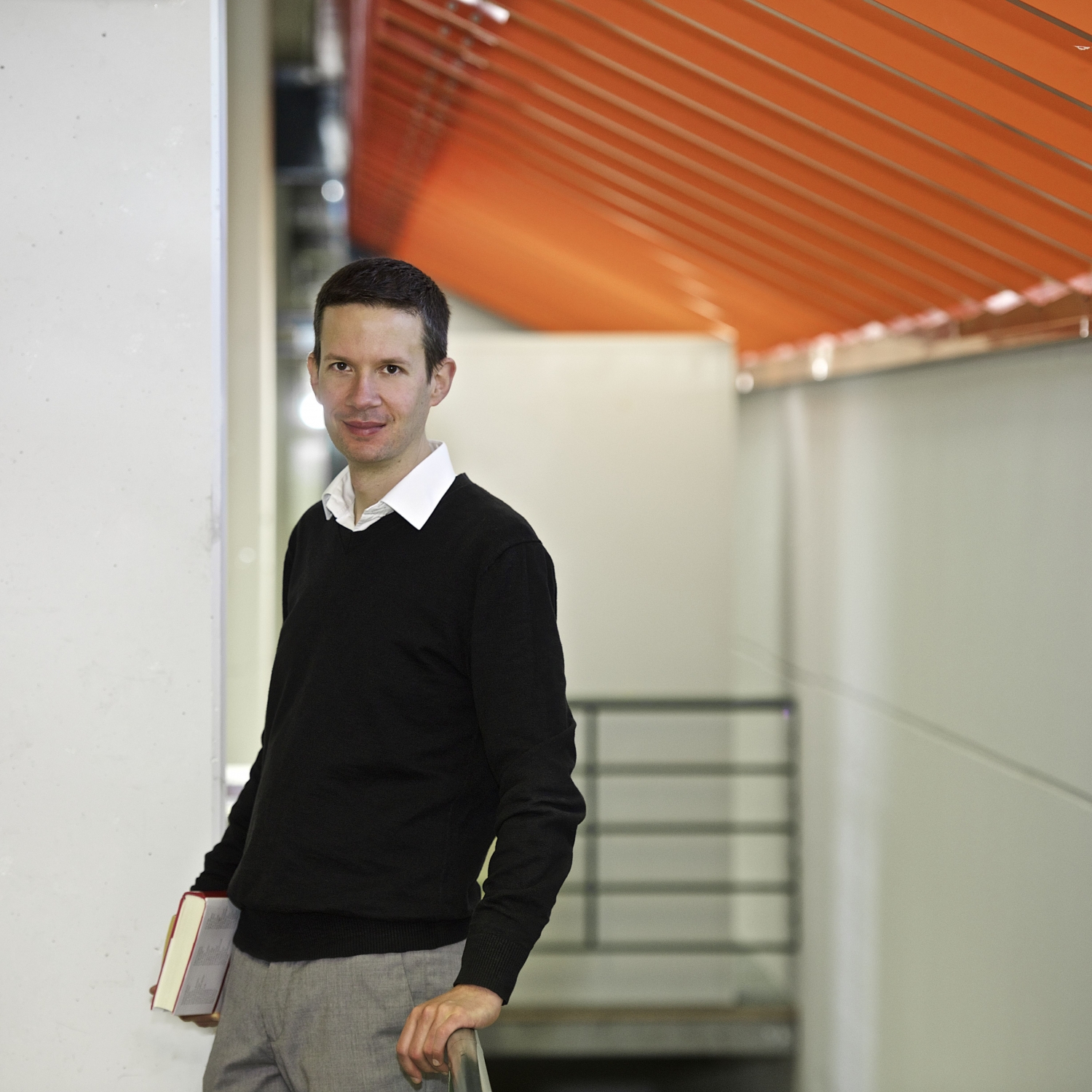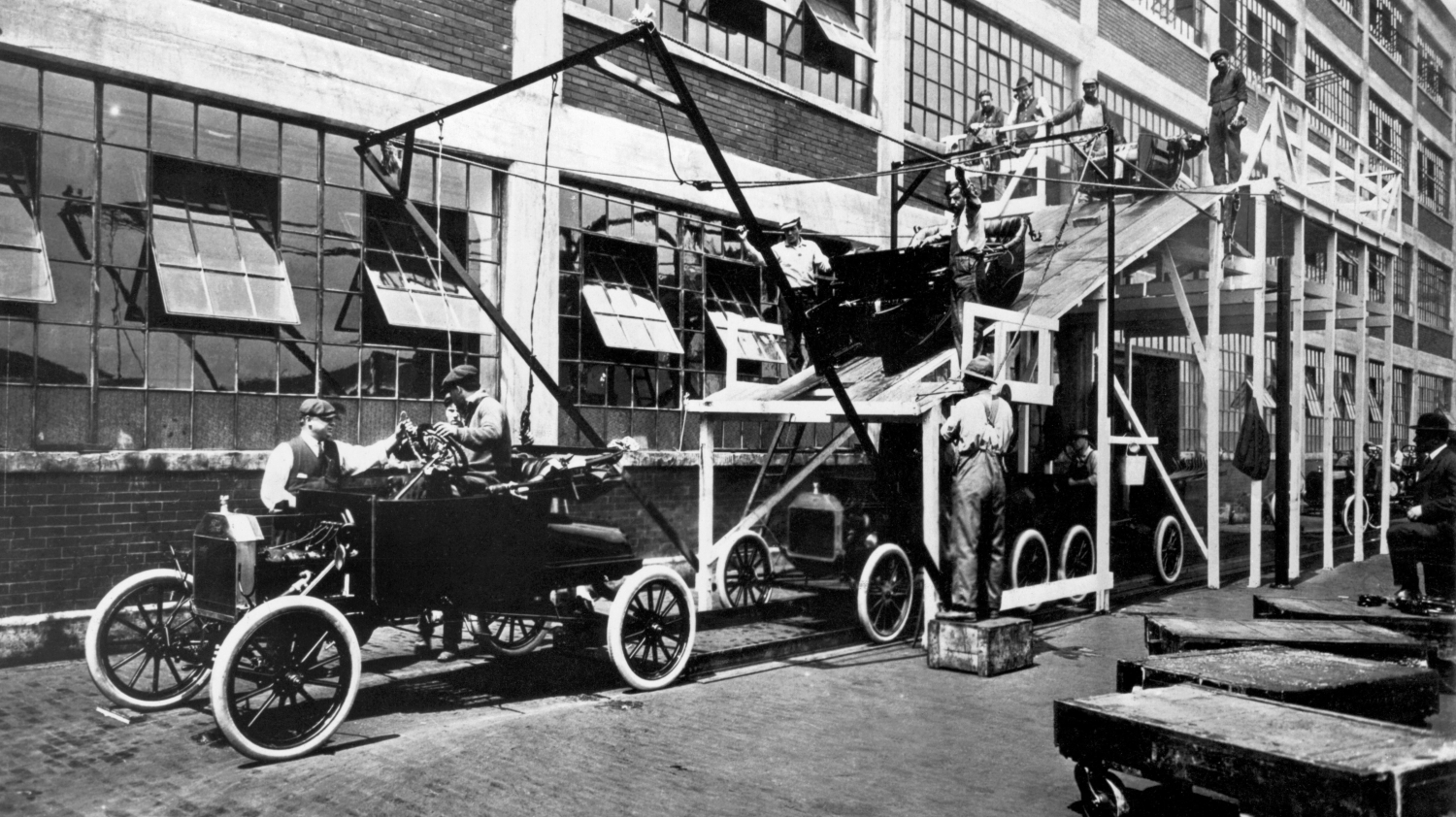People, cars and the elements

Nowadays, over the course of the year, we can drive cars regardless of the weather conditions. One might consider whether summer tires are a good idea on icy roads or whether one should get into one’s compact car during a thunderstorm. Yet overall, environmental factors no longer play a major role when driving. This was different once. There was a time – at the dawn of automobility – when driving a car was a "wholly environmental experience", as Müller puts it.
Back then, automobiles had neither roofs nor windows that could be wound up and down. Let alone concrete roads that (literally) paved the way for the motorists. Anyone getting into one of these new motor-driven vehicles in the 1890s had to be equipped with a cape and goggles that provided some protection from mud, dust and water. If it rained, one had to stop and find shelter, if possible. In the car, people were at the mercy of the elements.
A feeling of freedom
In contrast to today, where the natural environment is often regarded as a disruptive factor when driving a car, people once got into their automobiles to explore and experience nature. There were hardly any roads; they had to find their own way. Wealthy city dwellers, first men and later also women, drove out to escape the hustle and bustle, and crisscrossed the countryside. "They felt they had more freedom than on a train because they could choose their way independently of the railroad tracks", Timo Müller explains.
In his project "Off the Road: The Environmental Aesthetics of Early Automobility", Müller takes a close look at this "wholly environmental experience" in US-American literature from 1890 to 1929: that is, from the beginnings of the automobile as a mode of transportation in the US, until the time when paved roads and closed cars became the norm.

"Early automobility led to an unprecedented way of interacting with nature – an experience that gave rise to new sensory perceptions, new literary expressions and new forms of environmental knowledge."
Timo Müller
What an incredible experience it must have been to travel through the countryside at 50 miles per hour! His research team is investigating this topic in a corpus that includes narrative texts and poems, where sensory experiences and feelings are expressed. The research project, which is funded by an ERC Consolidator Grant from the European Research Council, is based on the hypothesis that driving and the environment are still closely connected today: "We want to show that you can think about automobility differently than we do today and that, for a long time, it actually was different".
The underlying infrastructure
In the pioneering days, the idea of using a car to get from A to B was by no means self-evident. It is not self-evident today either, even with the considerably more comfortable car models. In fact, this supposed self-evidence hides an expensive infrastructure that involves enormous environmental damage: from roads and gas stations to car repair shops and hotels. This technical-material infrastructure could only emerge after people had developed an idea of what a car should be and what you can do with it.
This can be gleaned from novels, diaries, poems, travel literature and newspaper articles. As historical sources, these texts tell us a lot about patterns of perception, thought and feeling in their time. So also in the case of automobility.
"Most Americans had read about cars before they drove one. That’s why we’re looking at the patterns that emerge in literature while automobility was being implemented."
Timo Müller
Even specific ideas about driving a car can be found in fictional literature: whether it’s the question of where to get gasoline, considerations of what roads should look like, or what individual target groups might require. Until the 1920s, these target groups were mainly physicians and farmers working in the countryside, the first to recognize the car as a utility vehicle. And what might it imply for the design when women take the wheel? This was an important consideration since the wealthy female urban population soon emerged as a potential clientele.
© Underwood Archives, Inc / Alamy Stock Foto.Detroit, Michigan, in 1913. Ford's Model T assembly line.
Roads inspired by novels
Novels actually often provided inspiration for technical inventions.
"Road designs were sometimes based on examples found in novels. Engineers and technicians asked themselves: Can we build this in reality too?"
Thus, in the US, a type of road called a "parkway" was created. It was designed to give the impression that you were driving through a park, with curved, pleasant little roads and trees all around – an interplay of technology and imagination.
Back then, people were already thinking about many of the options that are being discussed again today: electronic, hydrogen and internal combustion engines. At the beginning of the twentieth century, the outcome was completely open. In the end, it was decided not so much on the basis of technology, but on the basis of infrastructure.
"The combustion engine lobby managed to convince governments that combustion engine infrastructures are better. The supposed technical-material inevitability of the development toward today’s automobility was, in reality, a fierce contest over power and authority."
Timo Müller
Concealed costs
Literature about automobility has contributed to obscuring these expensive infrastructures by following the motto: all you have to do is get in your car, and you’re free. As little as this view was true in the early years – automobiles constantly broke down – it is even less true today, given the huge underlying infrastructure. Besides the positive effect that the car helped people learn more about the nature surrounding them – the discipline of ecology was emerging at the time – it already harbored an environmental problem. "You can show how even the early texts concealed and glossed over the underlying infrastructure". Car factories were juggernauts producing huge amounts of polluting emissions. The fact that the problem of air pollution was not noticed in the cities was merely due to the small number of automobiles at the time.
Müller’s project combines literary studies with the historical disciplines of environmental history and history of knowledge. It reconstructs automobility’s environmental dimensions by analyzing the road literature of the time. For this purpose, an existing text corpus is collected, continuously expanded, and digitally analyzed. The project is supported by the Communication, Information, Media Centre (KIM) of the University of Konstanz. For the purpose of knowledge transfer, the resulting database will be made available to researchers worldwide and to anyone interested in road literature.

